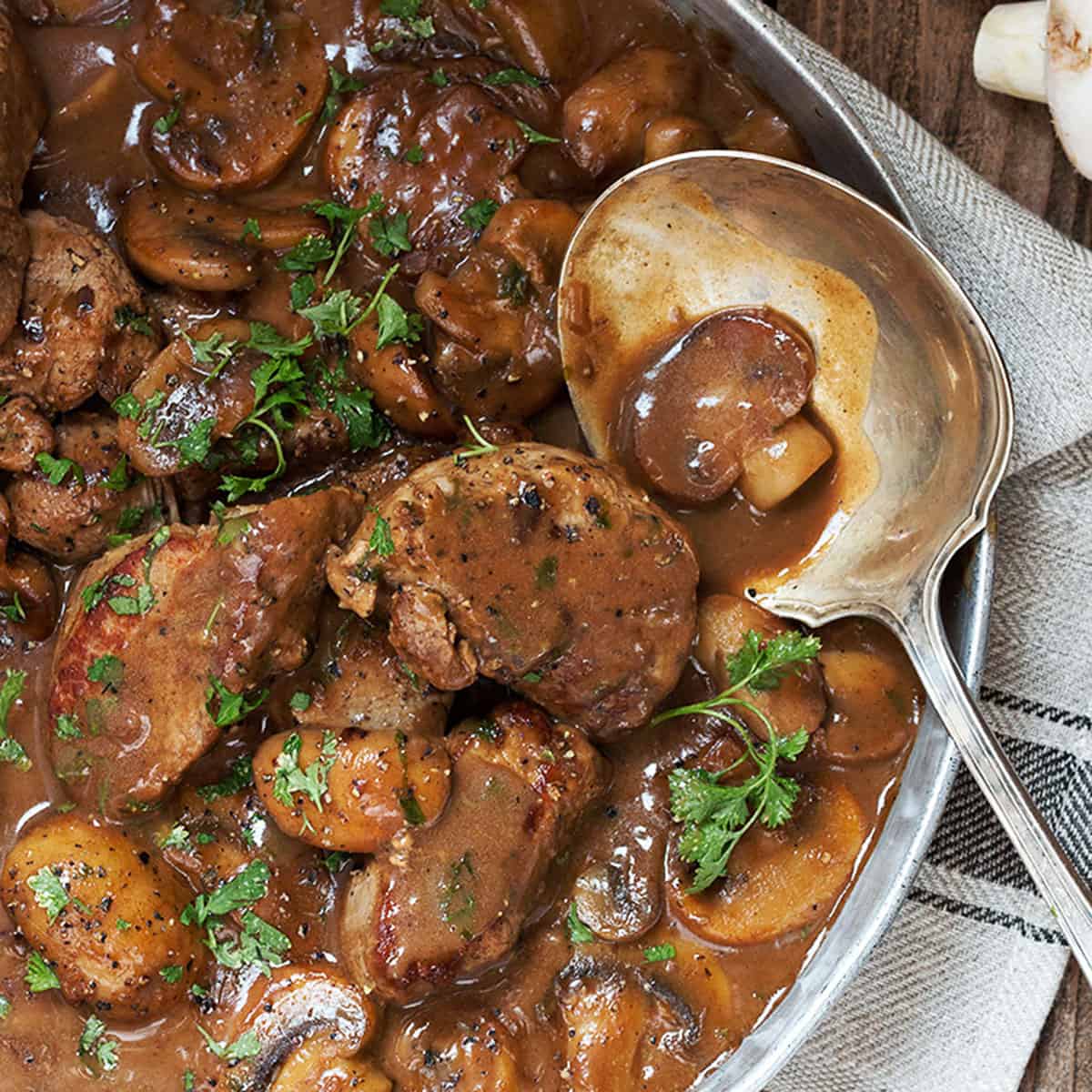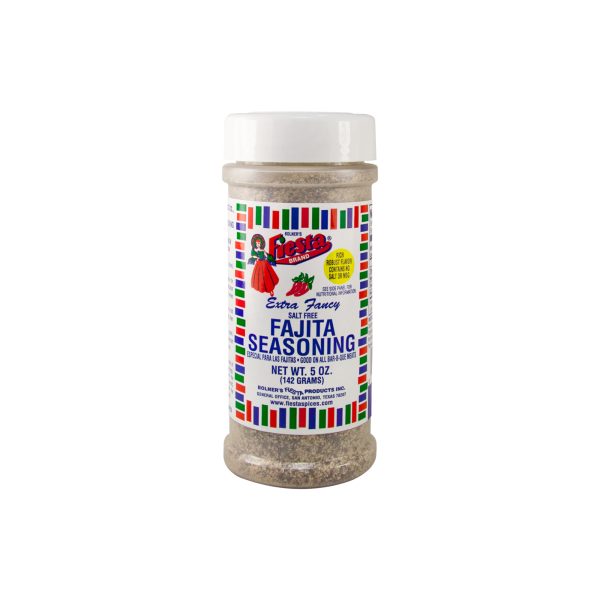Pork Marsala: An Easy and Delicious Italian Recipe
Pork Marsala combines succulent pork medallions with a flavorful sauce from Marsala wine and mushrooms. This traditional Italian recipe requires minimal ingredients, including garlic, shallots, and chicken broth. Cook pork medallions until browned, then remove them to prepare the sauce. Sauté mushrooms, garlic, and shallots until soft, then pour in Marsala wine and chicken broth. Return pork to the pan, letting the flavors meld until the sauce thickens. Serve hot with mashed potatoes or pasta for a restaurant-quality meal at home.
Origin of the Dish
Pork Marsala has roots in Italian cuisine, specifically from the Sicily region, known for Marsala wine production. The dish originated as a variation of Chicken Marsala. Sicilian cooks experimented by swapping chicken for pork, enhancing the dish’s richness due to pork’s unique flavor profile. Today, Pork Marsala represents an adaptable and sophisticated dish, maintaining its connection to traditional Italian culinary methods while offering a versatile option for modern kitchens.
Key Ingredients for Pork Marsala
Main Components of the Dish
The main components of Pork Marsala are crucial for achieving its rich flavor. You’ll need:
- Pork Medallions – Use 1 ½ pounds of boneless pork tenderloin, cut into ½-inch slices. Pork tenderloin offers tenderness and cooks evenly.
- Marsala Wine – Choose 1 cup of dry Marsala wine. This type of wine brings out a deep, slightly sweet flavor that’s essential to the sauce.
- Mushrooms – Include 8 ounces of cremini or button mushrooms, sliced. Mushrooms absorb the flavors of the wine and broth, adding a savory element to the dish.
- Garlic – Use 2-3 cloves of minced garlic for aromatic depth. Garlic infuses the sauce with a robust flavor.
- Shallots – Utilize 2 finely chopped shallots. Shallots provide a subtle sweetness that balances the Marsala wine.
- Chicken Broth – Incorporate 1 cup of low-sodium chicken broth to create the sauce base. The broth helps to blend the flavors together.
- Olive Oil – Use 2 tablespoons of olive oil for browning the pork. Olive oil gives a Mediterranean touch while cooking the pork evenly.
- Butter – Add 2 tablespoons of unsalted butter to finish the sauce. Butter adds a velvety texture and rich taste.
- Flour – Coat the pork medallions with all-purpose flour before browning them. Flour helps to create a crispy exterior and thicken the sauce.
- Salt and Pepper – Season with salt and pepper to taste. These basic seasonings enhance the overall flavor.
Suggested Wine Pairings
Selecting the right wine enhances the dining experience of Pork Marsala. Consider these options:
- Dry Marsala Wine – Stick with the wine used in the dish itself. The consistent flavor profile will complement the meal.
- Pinot Noir – This red wine offers light tannins and bright acidity, which pairs well with the savory and slightly sweet elements of Pork Marsala.
- Chardonnay – Opt for an oaked Chardonnay. Its buttery texture and slight oakiness enhance the dish’s richness.
- Barbera – Choose this Italian red wine for its high acidity and low tannins. Barbera’s fruitiness contrasts nicely with the earthy mushrooms and Marsala sauce.
Step-by-Step Cooking Guide
Preparing the Pork
Slice the pork tenderloin into medallions, each about 1-inch thick. Season both sides with salt and pepper. Heat a tablespoon of olive oil in a large skillet over medium-high heat. Once hot, add the pork medallions and cook for 3-4 minutes on each side until they’re golden brown. Remove the pork from the skillet and set it aside. Keep the skillet as it will be used to make the sauce.
Making the Marsala Sauce
Add a tablespoon of butter to the same skillet, then sauté sliced mushrooms for about 5 minutes until they’re browned. Add minced garlic and finely chopped shallots to the mushrooms, and sauté for another 2 minutes. Pour in 1/2 cup of Marsala wine and 1/2 cup of chicken broth, stirring to combine. Bring the mixture to a boil, then reduce the heat to low and let it simmer for 5-7 minutes to thicken. Return the pork medallions to the skillet, allowing them to cook in the sauce for an additional 3 minutes. Serve hot, garnished with fresh parsley if desired.
Serving Suggestions
Side Dishes
Pair Pork Marsala with complementary sides to create a balanced meal. Roasted vegetables like asparagus, carrots, or Brussels sprouts add a crunchy texture. Garlic mashed potatoes or creamy polenta provide a smooth, contrasting element. Lightly sautéed spinach or a mixed greens salad with a lemon vinaigrette can offer a fresh, acidic counterpoint. Soft, fluffy dinner rolls or garlic bread offer perfect options for soaking up the rich Marsala sauce.
Presentation Tips
Elevate your Pork Marsala dish with thoughtful presentation. Arrange pork medallions neatly on a warm plate. Spoon the Marsala sauce generously over the pork to highlight its richness. Scatter freshly chopped parsley over the top to add a pop of color. Serve side dishes in separate small bowls or arrange them artfully around the main dish. Use white or light-colored plates to make the colors of the food stand out. A sprinkle of freshly ground black pepper adds a final touch of sophistication.
Health Benefits and Dietary Considerations
Nutritional Content
Pork Marsala provides several essential nutrients. A typical serving of pork tenderloin offers protein, essential for muscle repair and growth. Pork also contains B vitamins, like B6 and B12, which support energy metabolism and nervous system health. Cooking with mushrooms adds vitamin D, crucial for bone health. Garlic and shallots bring antioxidants that may reduce inflammation and boost immunity. Marsala wine in moderate amounts contributes polyphenols, antioxidants supporting heart health.
| Ingredient | Key Nutrients |
|---|---|
| Pork Tenderloin | Protein, B vitamins (B6, B12), Zinc |
| Mushrooms | Vitamin D, Selenium, Potassium |
| Garlic | Allicin, Vitamin C, Manganese |
| Shallots | Antioxidants, Vitamin B6, Manganese |
| Marsala Wine | Polyphenols, Antioxidants in moderation |
Dietary Restrictions and Substitutions
Pork Marsala can be adapted for various dietary needs. If avoiding pork for dietary or religious reasons, substitute with chicken or turkey breast, offering similar protein content. For a gluten-free version, ensure the Marsala wine and chicken broth are gluten-free, and thicken the sauce with cornstarch instead of flour. Dairy-free considerations involve using olive oil or a dairy-free margarine instead of butter. Vegetarians may opt for portobello mushrooms as a protein source replacement, maintaining the umami flavor profile. Reducing sodium in the dish involves using low-sodium chicken broth and unsalted butter.
By considering these adaptations, Pork Marsala becomes accessible to a broader audience, satisfying diverse dietary preferences.
Conclusion
Pork Marsala is a delightful dish that brings a touch of Italian elegance to your table. Its rich flavors and versatile pairing options make it a standout choice for any occasion. Whether you’re hosting a dinner party or simply enjoying a cozy night in, this recipe offers a perfect balance of taste and nutrition. With easy-to-follow steps and adaptable ingredients, you can confidently create a meal that caters to various dietary needs. Elevate your dining experience by serving Pork Marsala with complementary sides and a carefully selected wine. Enjoy the culinary journey and savor every bite.






